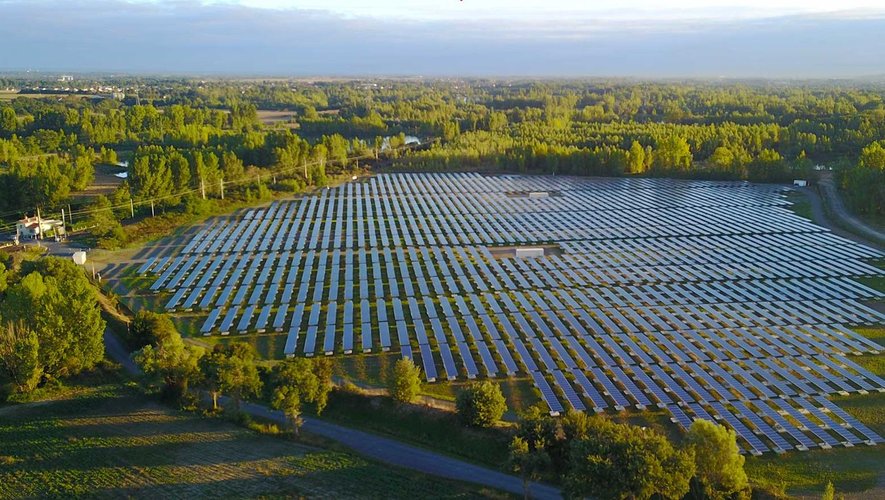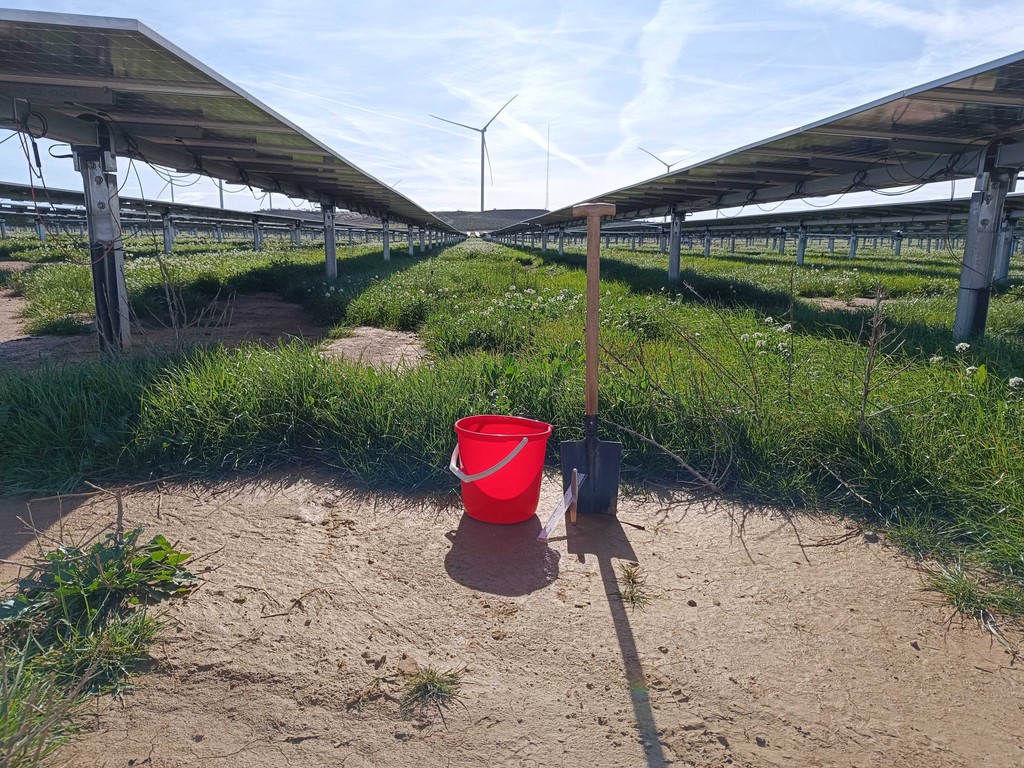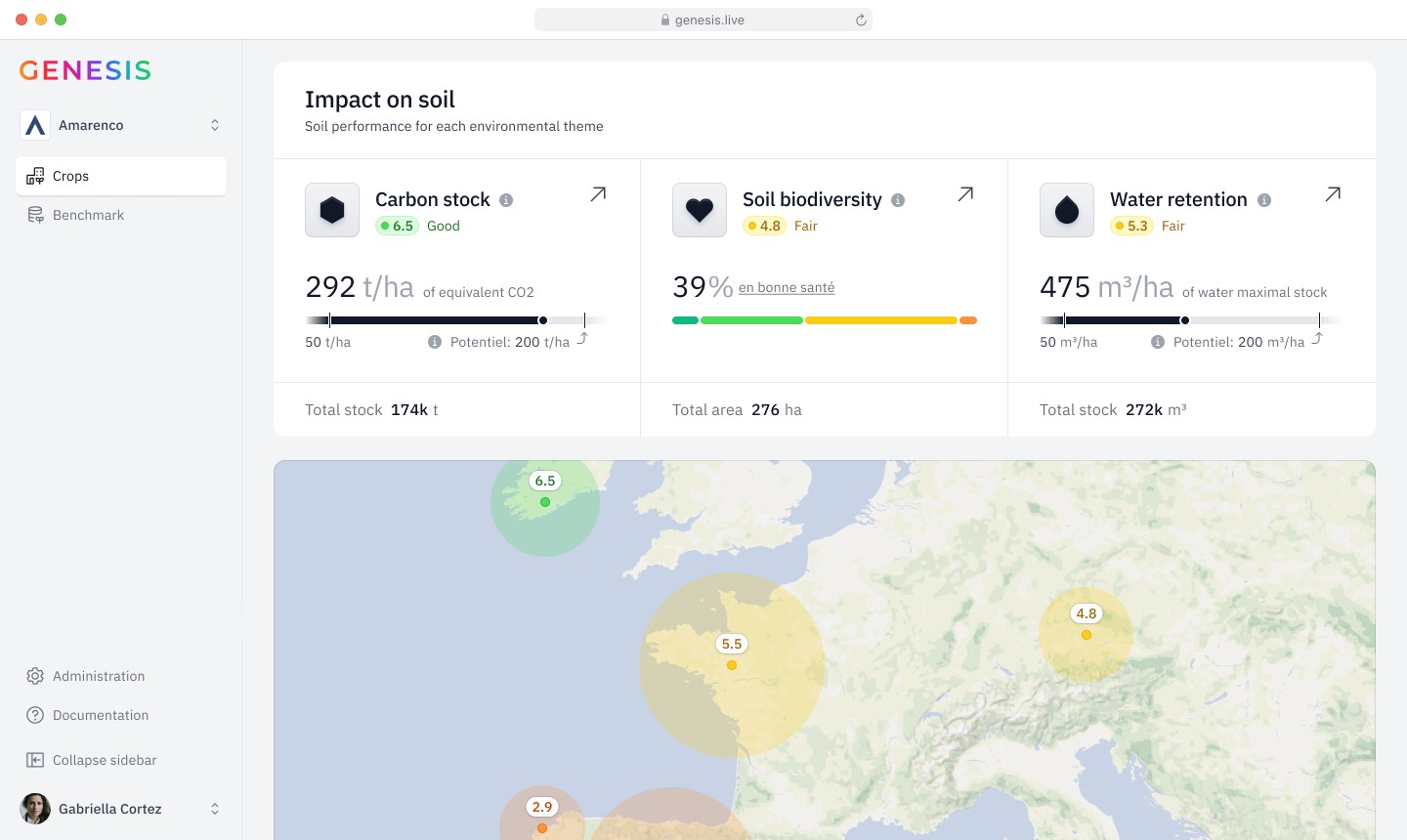Solar energy & Regenerative ecosystems
Context
Challenge
Measuring and quantifying the impact of the ECHO regeneration program was a real challenge for the company. Indeed, each initiative was site-specific with no standardized or replicable metrics to track progress.
The Genesis approach
To ensure consistency of all its sites, Amarenco chose Genesis to implement a standardized approach of impact measurement - one that applies to all solar farms, regardless of soil and climate contexts.
The assessment relies on soil analysis and global datasets. It enables Amarenco to track its environmental impact though four standardized Genesis metrics : carbon stock, water stock, soil biodiversity and pollution
Carbon
Pollution
Biodiversity
Water
In addition, Amarenco measures other indicators, such as net primary productivity, above-the-ground biodiversity, and social impact indicators.
T0
Initial diagnostic of environmental impact before site construction.
T1
Diagnostic after construction of the solar farm.
T2 to Tn…
Diagnostic every 3 years over the lifetime of the solar plant.
And after…
Environmental assessment following the decommissioning of the solar plant.
Benefit #1
Credibility through scientific robustness
Benefit #2
Simplified reporting through harmonized metrics
"By standardizing the metrics, we’ve improved reporting clarity and established a common language for all stakeholders — from clients and shareholders to ecologists and employees."















